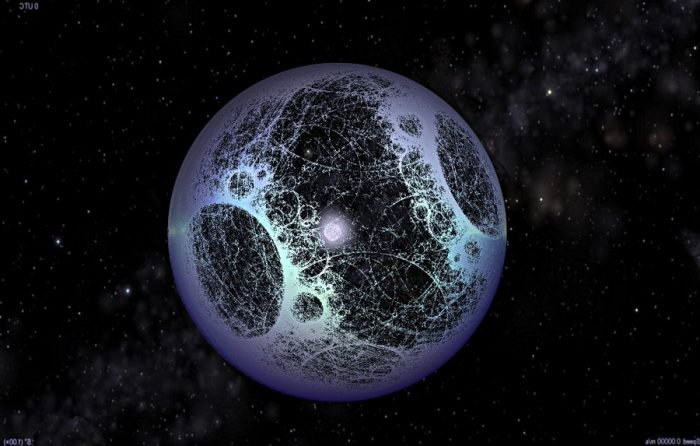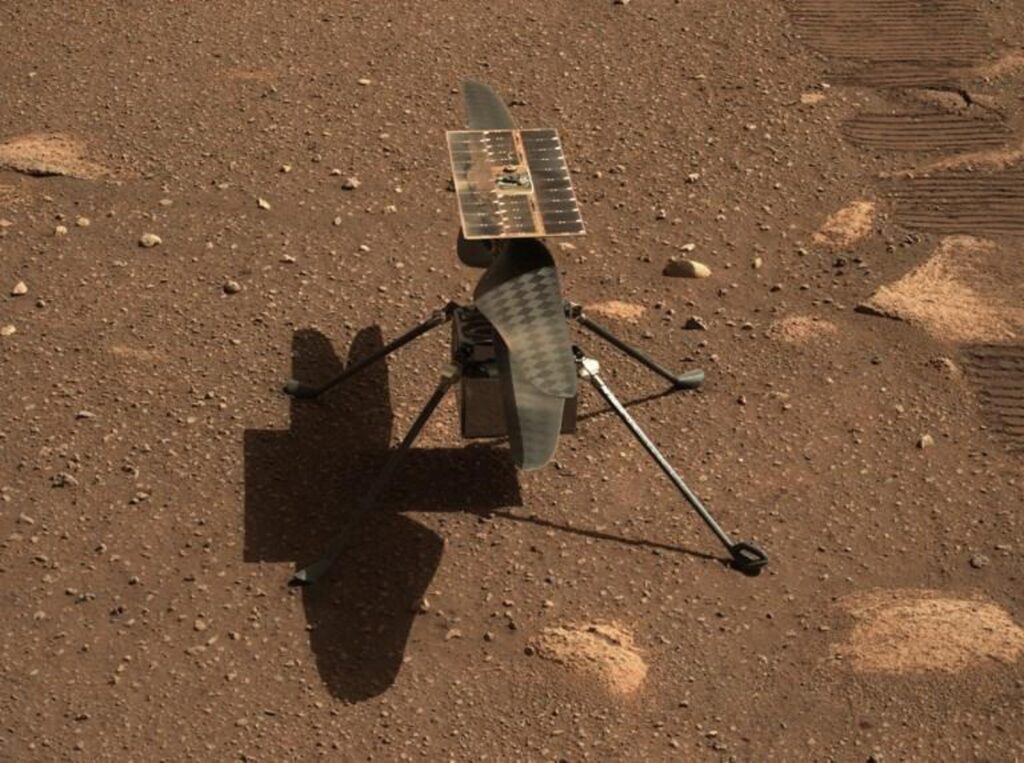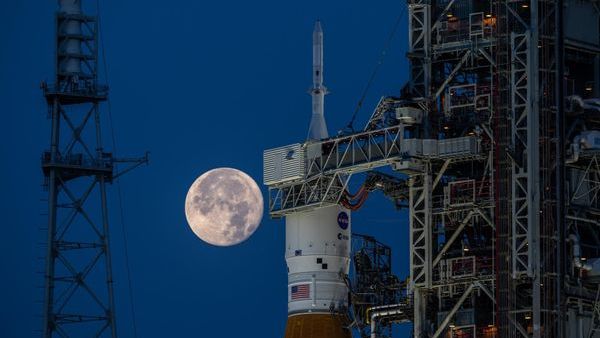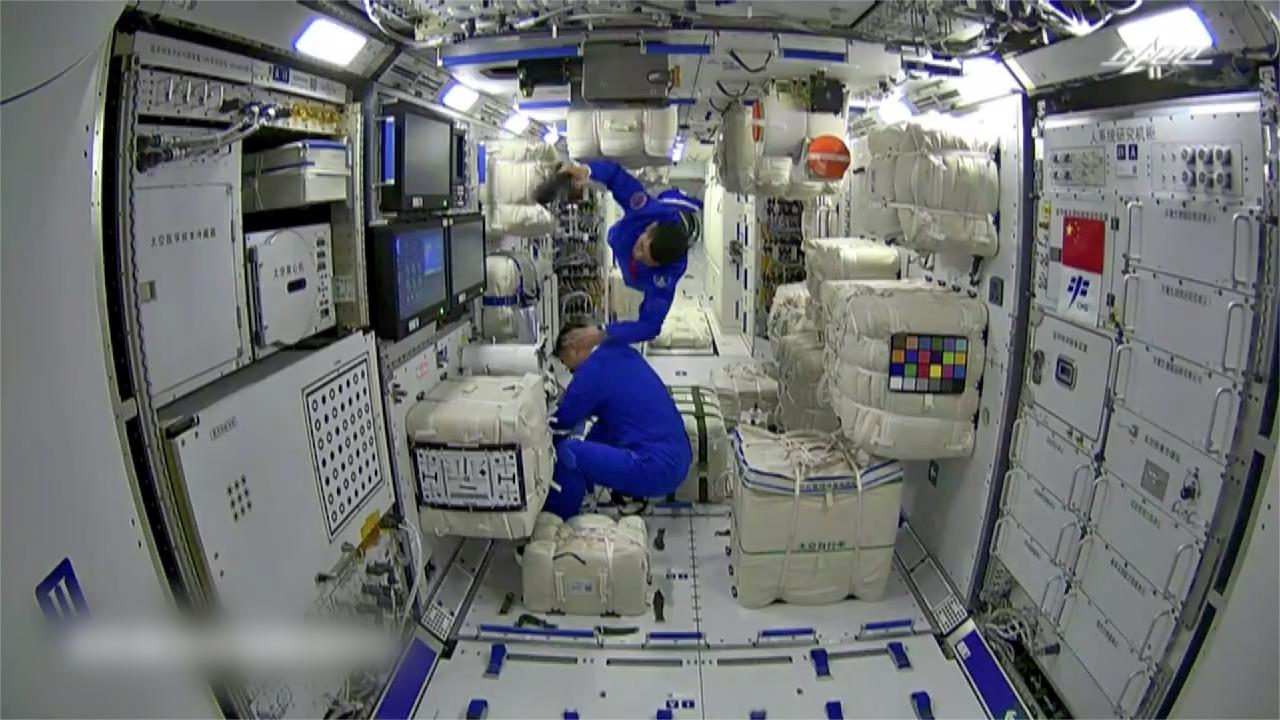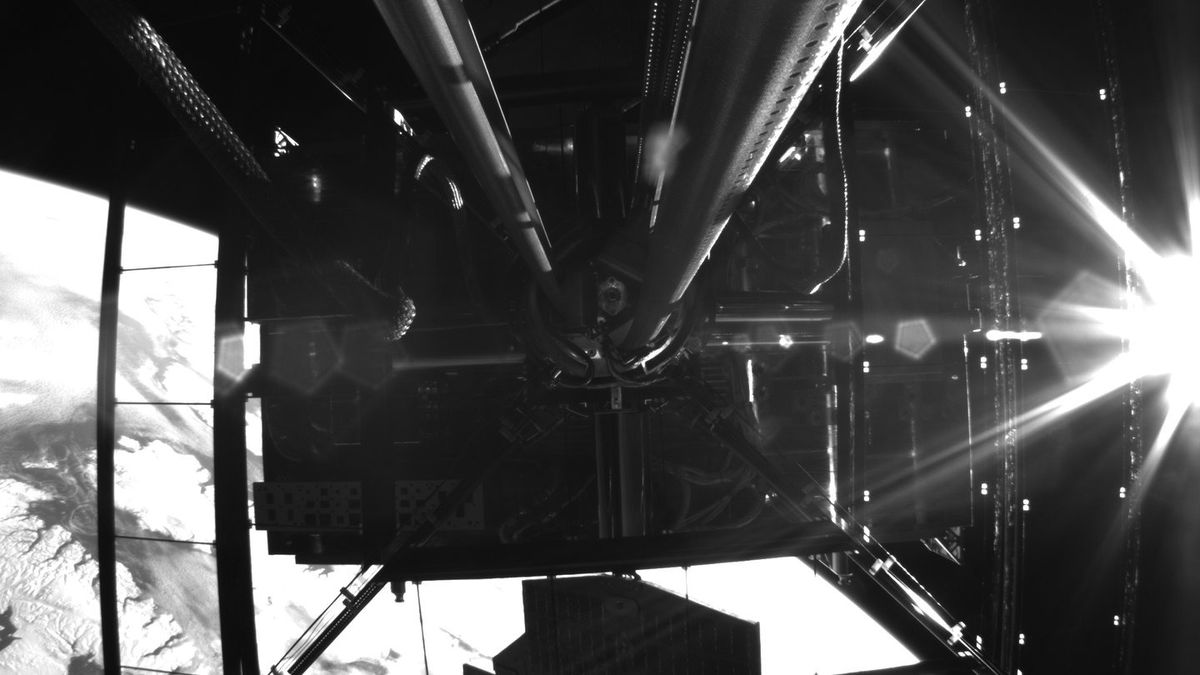NASA’s International Space Station astronauts capture Earth’s distinctive features in stunning photos. Photos of crimson algae, bacteria, and sediments turning water blood-colored have received attention.
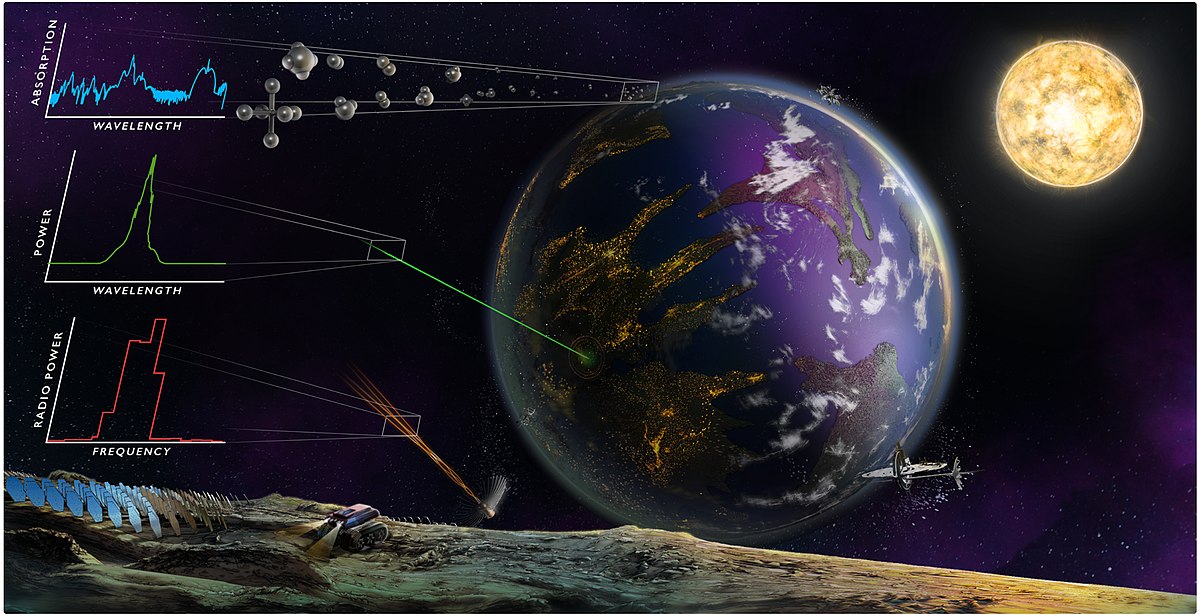
Orbital Odyssey: NASA’s Space Mission to Discover Earth’s Secrets
A breathtaking photo displays the Laguna Colorada, or Red Lagoon, in Bolivia’s high desert plateau. In shallow waters, light intensity, salt content, pH, and temperature stimulate red algae growth, creating rust. Worldwide, from the Great Salt Lake in the US to Lake Aralsor in Kazakhstan, this astonishing phenomenon occurs.
Another amazing image depicts Madagascar’s Betsiboka River Delta’s reddish-brown waters. This color comes from iron-rich sediment movement. This detritus clogs waterways but forms mangrove islands. Red sediment colors other waterways like Brazil’s Jacui River reservoir.
Water arteries contribute to biodiversity despite their beautiful rustiness. Many animals depend on algae. The Andean flamingo in Laguna Colorada shows how these vivid habitats are linked. In Madagascar’s Betsiboka River Delta, seagrasses support the endangered green turtle and dugong.
READ ALSO: Cosmic Aroma: Discovering the Scent of Space!
Orbital Marvels: Stunning Astronaut-Captured Images Illuminate Earth’s Beauty and Pave the Way for Extraterrestrial Exploration
These beautiful photos came from the ISS Crew Earth Observations Facility and Johnson Space Center Earth Science and Remote Sensing Unit. Expedition 69 and 70 astronaut images are upgraded for contrast and lens artifact removal. The ISS National Lab provides these Earth photos to scientists and the public.
These orbital data help us understand Earth’s diverse ecosystems and search faraway worlds for life.
